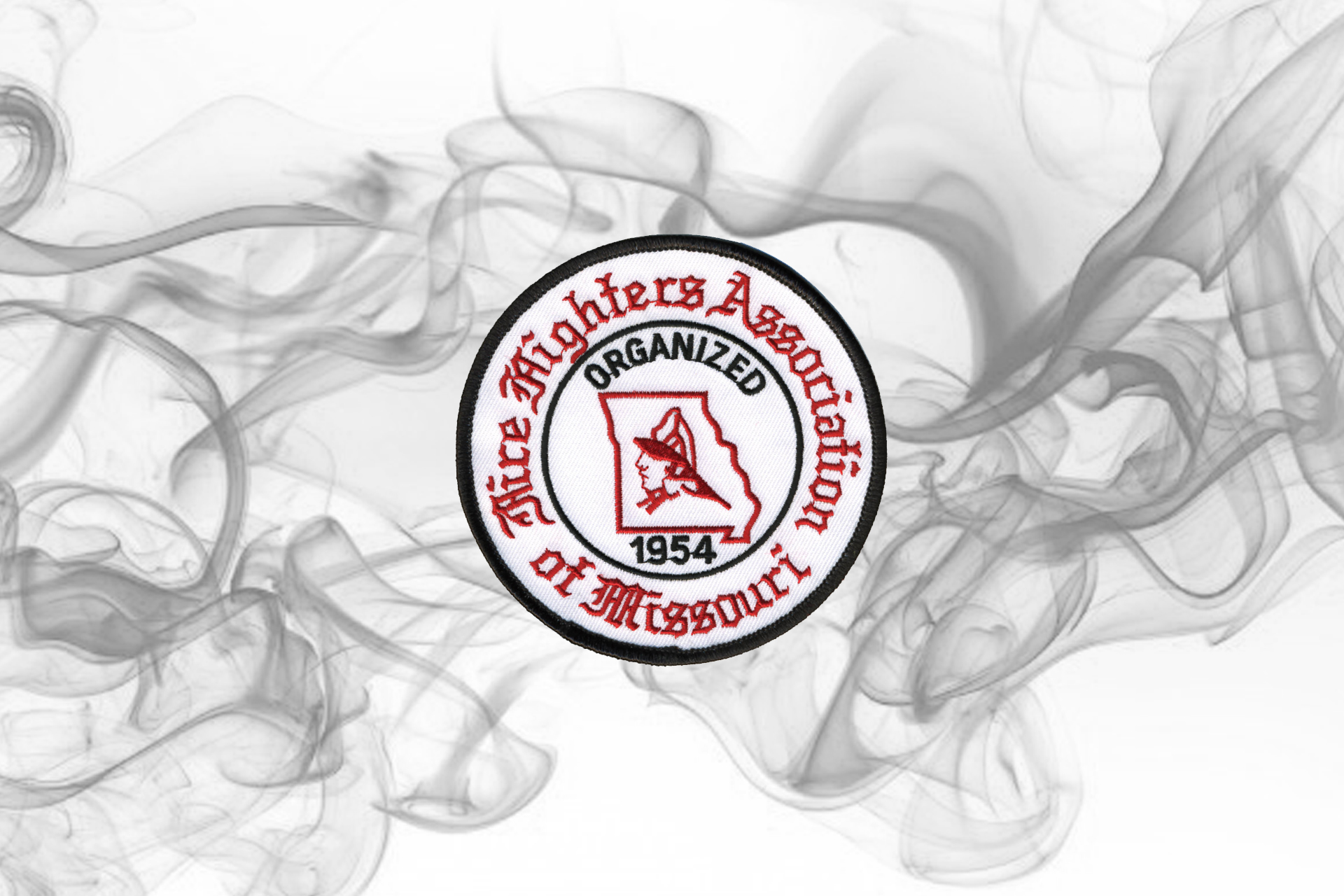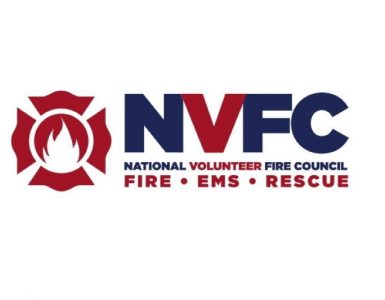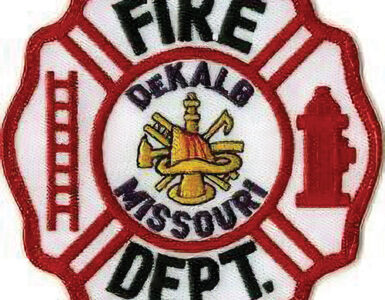First of all, please don’t shoot the messenger. On December 21, the Occupational Safety and Health Administration (OSHA) announced that it would issue a Notice of Proposed Rulemaking (NPRM) to modernize the agency’s “Fire Brigades” standard which was first published in 1980. Following this NPRM’s publication in the Federal Register, there was a 90-day period to submit comments. The timing between an NPRM’s announcement and the publication in the Federal Register can vary greatly. As of January 5, OSHA’s fire brigade NPRM had not been published but as of February 6th, it was. The comment period ends May 6th. The NVFC project committee is monitoring this action closely.
OSHA held a webinar on January 31 regarding the new “Emergency Response Rule” and several key staff and directors of NVFC attended. It covered the timing, process, and context of the rule, the NFPA standards used or incorporated and verified that volunteers will be impacted directly. The feds expected this to be formally posted in the federal register by the end of January but that did not happen because there are still many concerns about how this will affect so many things and specifically volunteer departments. You can view that 90-minute webinar at this link: oshaedne.com/webinar-emergency-response-rule/
Excerpt From OSHA Emergency Response Rulemaking website
osha.gov/emergency-response/rulemaking
BACKGROUND
Emergency response workers in America face considerable occupational health and safety hazards in dynamic and unpredictable work environments. Current OSHA emergency response and preparedness standards are outdated and incomplete. They do not address the full range of hazards facing emergency responders, lag behind changes in protective equipment performance and industry practices, conflict with industry consensus standards, and are not aligned with many current emergency response guidelines provided by other federal agencies (e.g., DHS/FEMA). In recognition of the inadequacy of the outdated safeguards provided by the current OSHA standards, the proposed rule seeks to ensure that workers involved in Emergency Response activities get the protections they deserve from the hazards they are likely to encounter while on the job.
ABOUT THE RULE
The proposed rule would replace OSHA’s existing Fire Brigades standard, 29 CFR 1910.156, which was originally promulgated in 1980, covers only a subset of present-day emergency responders (firefighters) and has only had minor updates in the 43 years since it was published. The focus of the proposed Emergency Response rule is to provide basic workplace protections for workers who respond to emergencies as part of their regularly assigned duties. Notably, the scope of protected workers under the proposed rule would be expanded to include workers who provide emergency medical services and technical search and rescue. OSHA looks forward to receiving comments and other input from interested stakeholders and the general public (by May 6th). Comments can be submitted to the Emergency Response Docket at regulations.gov/docket/osha-2007-0073
An Overview
OSHA considers the current emergency response and preparedness standards to be outdated and incomplete. To this end, OSHA has published its new proposed 1910.156 Emergency Response Rule. It will affect both workers with primary duties and those with collateral duties (workplace emergency response teams). Over two dozen consensus standards are being incorporated into the proposed rule. From new firefighting and PPE requirements, to EMS, to technical search and rescue, this rule change dramatically affects emergency response operations.
The following is an abbreviated excerpt from a December 26, 2023, internal summary to all NVFC Directors by Joe Maruca, MA. NVFC Director (Attorney at Law & Fire Chief).
Joe Maruca, MA. NVFC Director
This proposed change in OSHA Federal Regulations is very sweeping. If fully enacted, it will substantially change the fire service and it may be the most impactful regulation that small fire departments have ever had to adapt to. This proposal is a mile wide and a mile deep. This is a quick look at the proposal.
An abbreviated summary
It is 604 pages long and I got it on Thursday and squeezed in a lot of late-night reading over the holiday weekend. There are a lot of details that I haven’t spelled out. I wanted to give a fast 30,000-foot view of the proposal. Many pages of the proposal consist of data outlining the need for the regulations. The data appears accurate and from reliable sources.
There is going to be some variation in the extent to which volunteers are covered in each state. Some state plans only cover volunteers in municipal fire departments. Others cover all volunteers. (Massachusetts only covers municipal fire departments, but that is 99% of the fire service in our state.). Some states may cover volunteer EMS providers and special rescue teams, but others may not. I lack the information to analyze this down to that level of detail. However, the volunteer fire & EMS service should anticipate some impact from this proposed regulation. The primary reason for the state-by-state variation is that each state defines “employee” differently. Is a volunteer and employee for employee safety purposes – in Massachusetts, yes, they are. Other states answer this differently. I would suggest, however, that any paid-on-call staff will be classified as an employee in all the states, and therefore they will be impacted by this proposed regulation.
Scope of the Proposed Regulation
The proposed regulation would incorporate by reference (IBR) all or part of the following NFPA consensus standards. I include this in list form to make the point of how inclusive or exhaustive this regulation is. (NFPA standards are listed by number to save space. They are all the key standards for structural firefighting and PPE, seeming all of the training requirements and vehicle qualification) NFPA 1001, 1002, 1005 1006, 1021, 1081, 1140, 1407, 1582, 1910, 1951, 1952, 1953, 1971, 1977, 1981, 1982, 1984, 1986, 1987, 1990, 1999 plus ANSI/SEA 207.
Additionally, the following NFPA Standards, while not incorporated by reference in whole or in part, were used for the creation of certain regulations, and the regulations were written to be consistent with these standards: (NFPA standards listed by number): NFPA 10, 600, 1201, 1451, 1500, 1521, 1561, 1581, 1660, 1700, 1710, 1720, 1851, 2500.
Why?
Besides and in addition to the obvious hazards to firefighters – fire and burns, falling through a floor, falling off a ladder, or smoke inhalation, OSHA has paid attention to all of our (the fire service in total) calls to do something about firefighter cancer, and firefighter mental health and suicide. OSHA’s observation is that we haven’t significantly reduced deaths and injuries, particularly cardiac deaths using voluntary measures. The big picture rationale for this is that we, the fire service as an industry, have failed to voluntarily use our consensus standards or other means to reduce injury or death and to take the steps necessary to address cancer and mental health/suicide issues. It’s called “market failure and needs regulation”.
What?
- Updates current rules for Hazmat PPE to meet the current NFPA 1990 standard.
- Shift structural PPE requirements out of existing rules and into this new rule.
- Updates definitions of portable extinguisher agents (mostly newer technologies).
- Skilled support workers fall under IC and within requirements for protection from hazards at the incident. (The IC is responsible for the safety of the electrical worker or backhoe operator.)
- Updates dozens of definitions to match those in the NFPA standards (switching to the terms more familiar to the emergency response community). Pages 110 to 135.
- Requires written emergency response plans: a. Pre-Plans b. Community Risk Assessments c. Responder Protection Plans d. Resource Plans – effective response force determinations.
- Requires Health & Safety Programs a. Facility Modifications b. Hazard Reporting & Response Systems.
- Risk Management Plans – refer to NFPA 1500.
- Medical & Physical Requirements a. Half of FF deaths are cardio & they feel we’ve done nothing about this. b. Good news – the proposed regulations give a lot of flexibility to the local agency to establish their standards, however, they are going to have to adopt some kind of medical and physical exams. But at least every three years. c. Reinforces Fit Testing of mask requirements. d. Strong emphasis on heart disease and toxic gases (cancer).
- Mandatory annual skills checks – NFPA 600, NFPA 1500 & NFPA 1670.
- Increased skill level for instructors – they need to have more skill/knowledge than those they are teaching.
- Emphasis on interactive teaching – not watching videos.
- Required training would include a. Risk Management; b. Bloodborne Pathogens/Infection Control; c. PPE Hazard Assessment/PPE Selection & Use; d. Respiratory Protection; e. Portable Extinguishers; f. Incident Management Systems (IMS); g. Accountably Systems; h. Hazmat Awareness; i. AED/CPR; j. The NFPA Job Performance Requirements (JPR) for each activity the responder performs; k. NFPA 1001 is required for all firefighters; l. Rapid Intervention Training (NFPA 1407) for all structural firefighters; m. NFPA 1002 is required for everyone who drives fire apparatus; n. Anyone who is in an “officer position” must be trained to NFPA 1021; o. Wildland Firefighters must be NFPA 1410, or Red Card trained; p. Our stations will have to provide decontamination, cleaning, and storage areas for PPE; q. Testing and maintenance of alarm systems in our stations will be required according to the manufacturer’s recommendations; r. Sleeping areas need interconnected hard-wired smoke detectors & CO detectors; s. New stations with sleeping areas must have sprinklers; t. Provision of tools and equipment for training by members is required; u. PPE must be provided at no cost to the employee; v. Training provided at no cost to the employee (seems mostly in the area of providing the same tools and equipment used in the field – if you use “quick clot” in the field, you have to provide it for training; w. Employees need to be trained before new equipment is put in use; x. PPE must fit; y. Gross decon before leaving the incident would be required; z. A “robust” vehicle inspection and maintenance program will be required; aa. Seats and seat belts are required. (Harnesses in ambulances.) Some flexibility for operations when being seated and belted is not feasible (parades, funerals, reloading hose lays, etc.); bb. Pump & aerial ladder testing will be required; cc. Vehicle operator training would be increased; dd. Private vehicle or home response policies are required; ee. Reiterates 2 In 2 Out rule; ff. Use of incident management/NIMS required; gg. Rehab needs to be provided at incidents; hh. Traffic safety procedures need to be implemented – including the use of reflective vests; ii. You’ll need SOPs. And including non-emergency incidents; jj. Use of backup spotters required; kk. Post Incident Analysis will be used for any significant event – injuries, death, large-scale events, or near misses; ll. Annual review of operations for effectiveness.
What Not?
A few items are specifically excluded.
A.
Lower-than-technical level search & rescue is not included. (It appears that the same is true of hazmat, but I didn’t see it as obviously stated. If you don’t do it, you don’t need the training.)
B.
Fire Poles are not banned! But training on 4-point contact by the responder is required. And there are some other rules on their use.
C.
No required vehicle replacement schedule.
A few thoughts:
Significant financial impact on the small fire departments (those 50% of departments serving communities of fewer than 3000 people).
The small fire departments are currently lacking administrative/management staff with the skill sets needed to implement much of what is proposed. The OSHA proposal does address the economic and financial impacts of this, but I don’t think there is a real understanding of the lack of skills to do some of this.
I think that half of the fire departments out there will take 20+ years to fully implement this, assuming access to funding and leadership is capable and willing to implement it.
Providing written comments and testimony on this proposal will be a huge task for the NVFC, and we need an action plan. We have less than 90 days (if I’m reading this correctly) to provide written comments. a. Maybe have a large group of individuals each draft comments on one small piece of the proposal over the next 30 days, and then pull it all together and correlate them into a single document?; b. Focus on the details in their report.; c. Focus on the impact on small organizations and the need for flexibility in how we implement this, as well as a long timetable.; d. What we can block entirely? How are the other fire service groups responding? Will we be swimming alone or with them? What topics are we the only ones addressing – this increases our need to focus.; e. Address how we deal with the possibility that we will oppose certain regulations that are consistent with our statements in things like the Lavender Ribbon Report.
In Summary
I am appreciative of the insight that Joe Maruca has provided and would also like to add some thoughts on my own. There is hope that the comment stage which runs through May 6 will have a measured impact on how this currently looks/is applied as a final standard. Also adding to the discussion is a belief that OSHA seemingly does not have a full understanding of the implications of potentially shutting down hundreds of departments that may not be able to fully comply vs. facing OSHA citations/fines that would bankrupt them out of business. There are cases of a proposed OSHA standard up-grade being so controversial that it never goes into effect. Saving all of that, there is the nuclear option of going directly to Congress for relief. This is only the beginning of a new challenge, not the final outcome at the time of this writing. This is being watched very closely by NVFC and there will be future updates in your FFAM magazine.

































